
16 Sep, 2015
Building the Business: PATA Travel Mart 2015 finds its SME niche
Bengaluru, Karnataka — The 38th PATA Travel Mart, held here between Sept 6-8, was a small but largely successful show that has strengthened the possibility of positioning it as the Asia-Pacific’s leading event for niche-market, small and medium-sized entrepreneurs.
With a record 78 first-timers amongst the 200 hosted buyers, and not a single multinational brand-name conglomerate amongst the sellers, the show was dominated by independent SMEs which comprise the overwhelming critical-mass of tourism industry operators in the region. As this group is where the future growth potential lies, and needs a global, low-cost event to do business, the PTM appears to have found its niche.
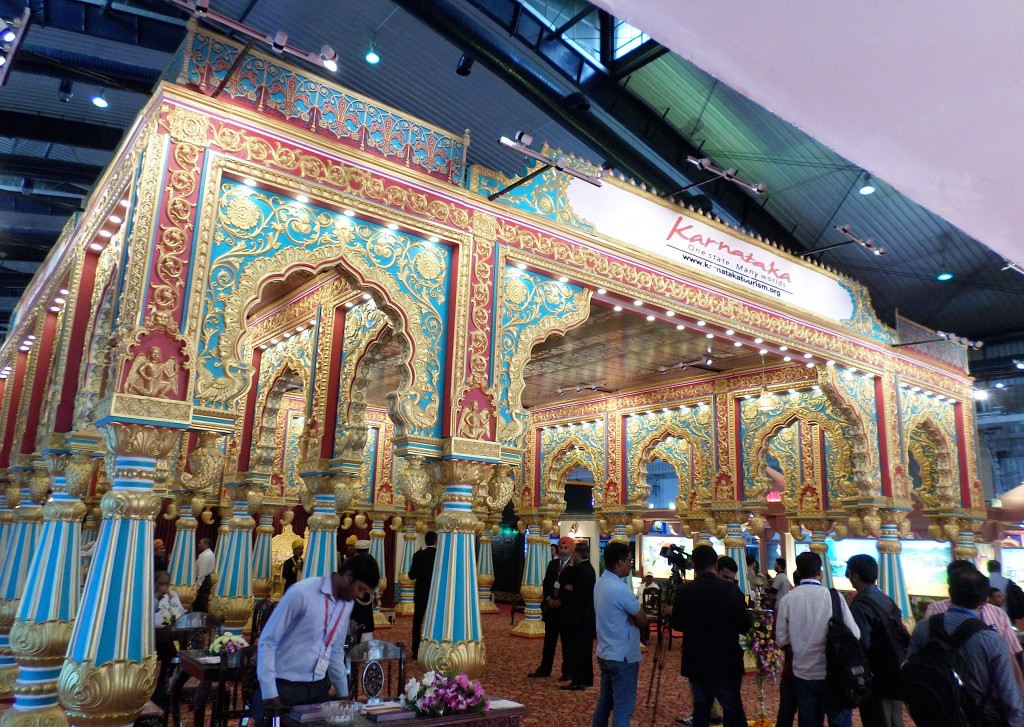 The grand Karnataka pavilion that greeted delegates upon entry to the PTM 2015 hall. |
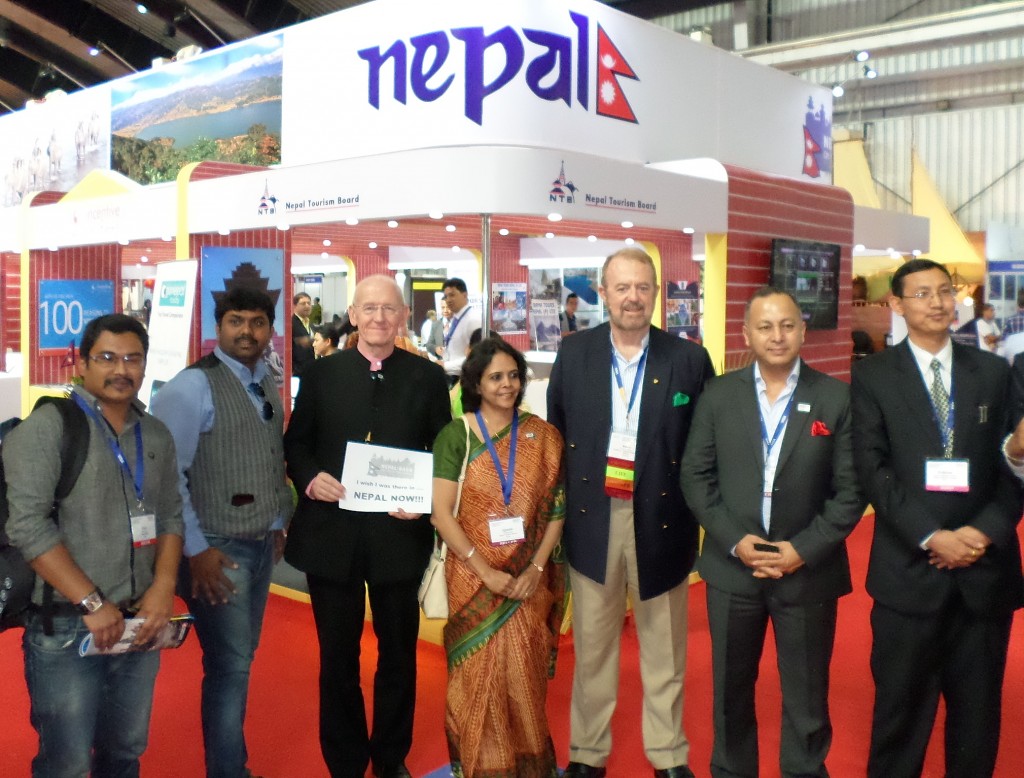 The Nepal stand |
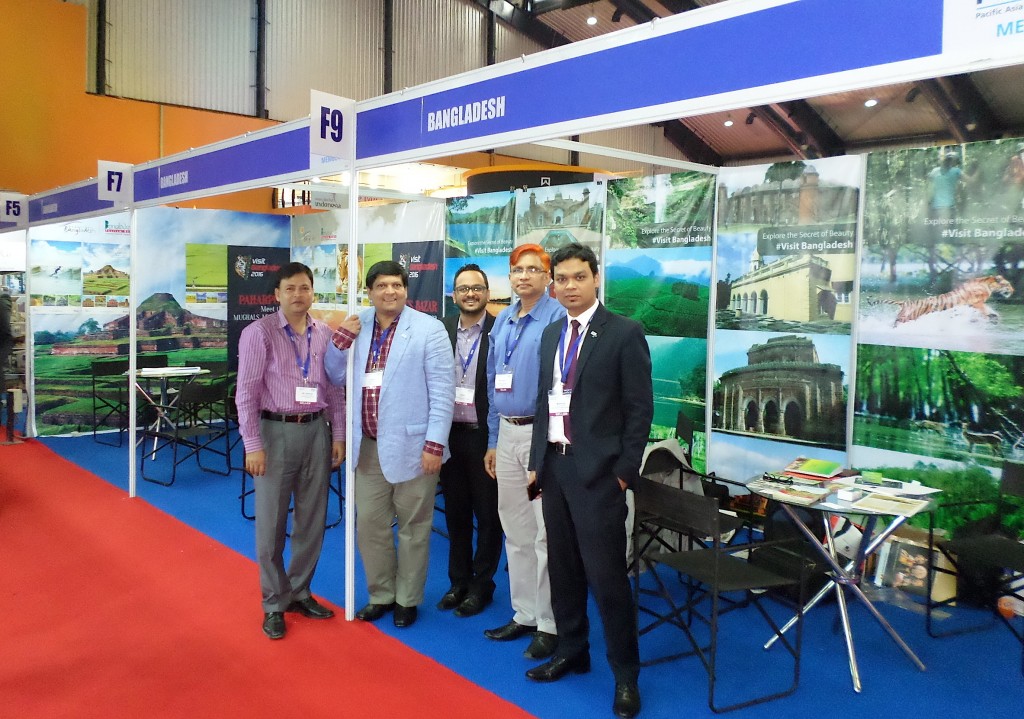 Beaming Bangladeshis |
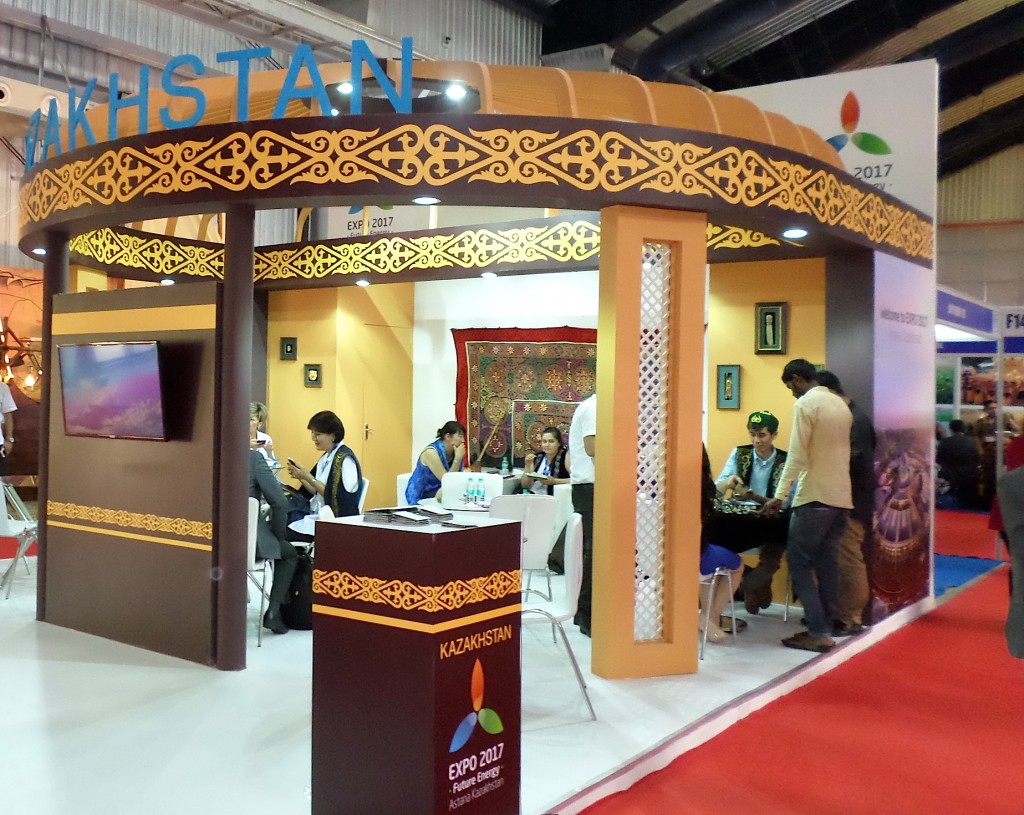 The Kazakhstan stand. It was quite busy throughout the show. This picture was taken on the afternoon on the last day when attendance had thinned somewhat. |
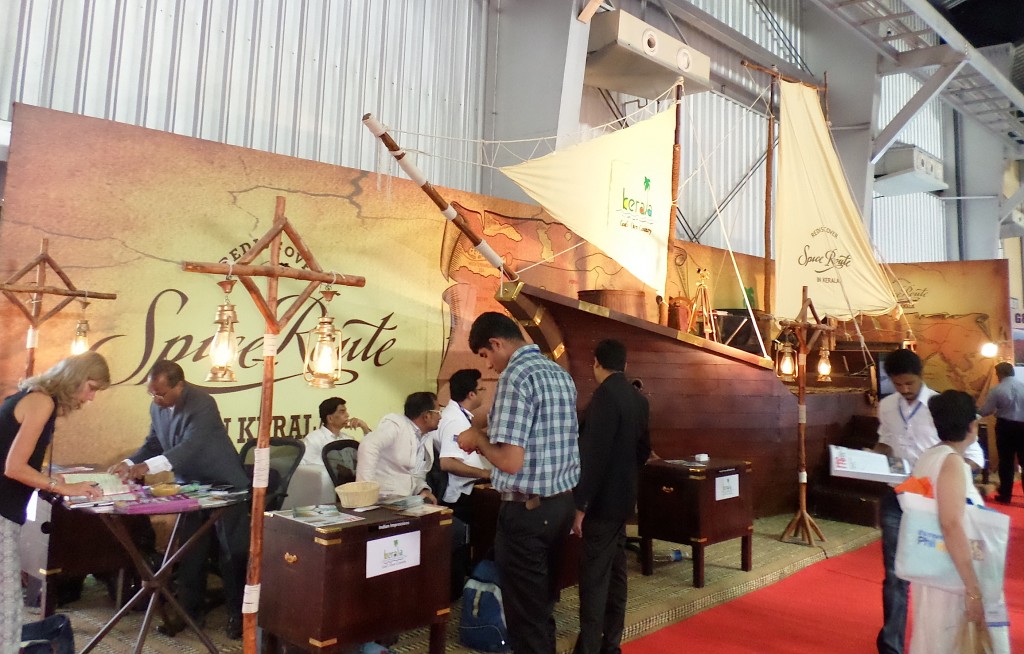 Kerala’s Spice Route on display. |
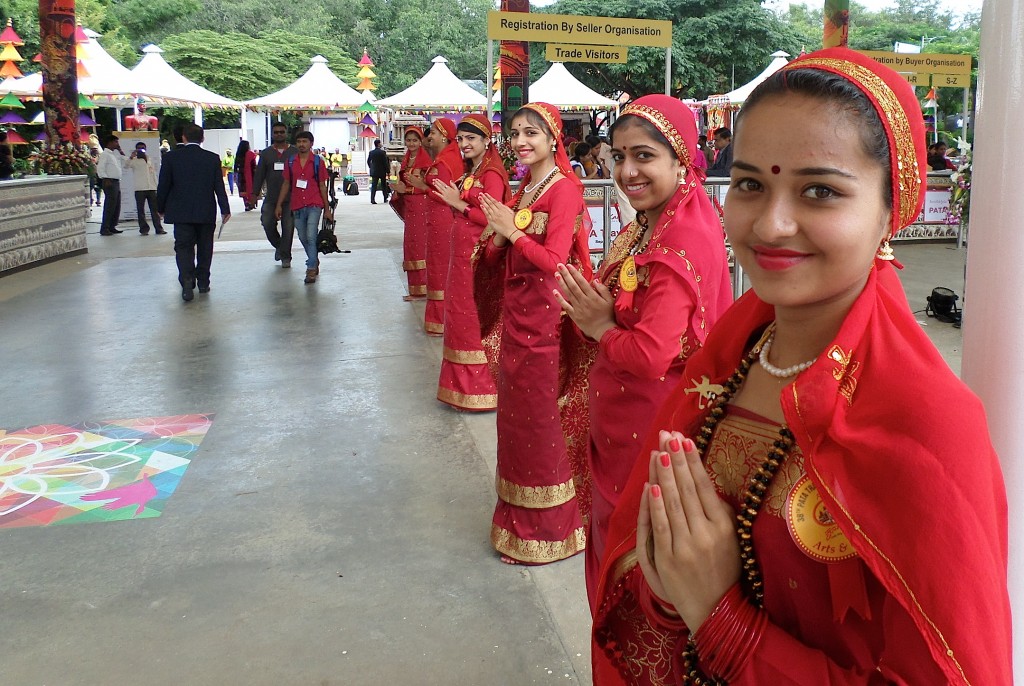 Colours of Karnataka on the opening day. |
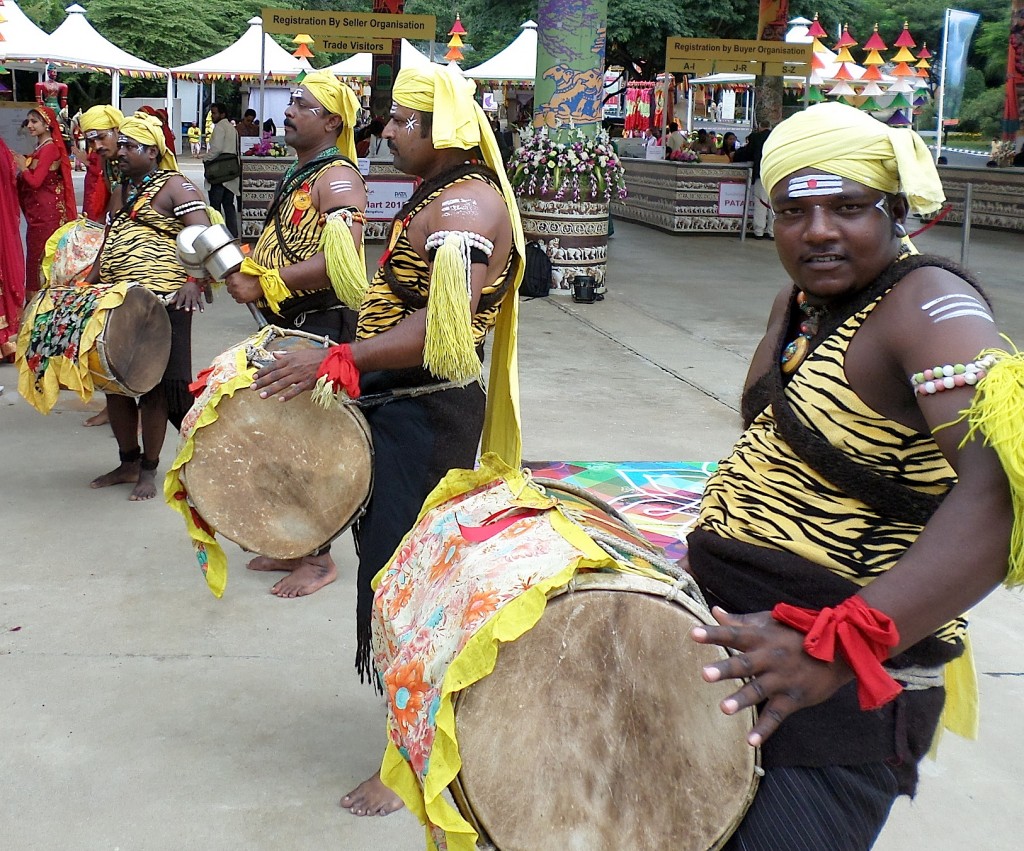 Colours of Karnataka on the opening day. |
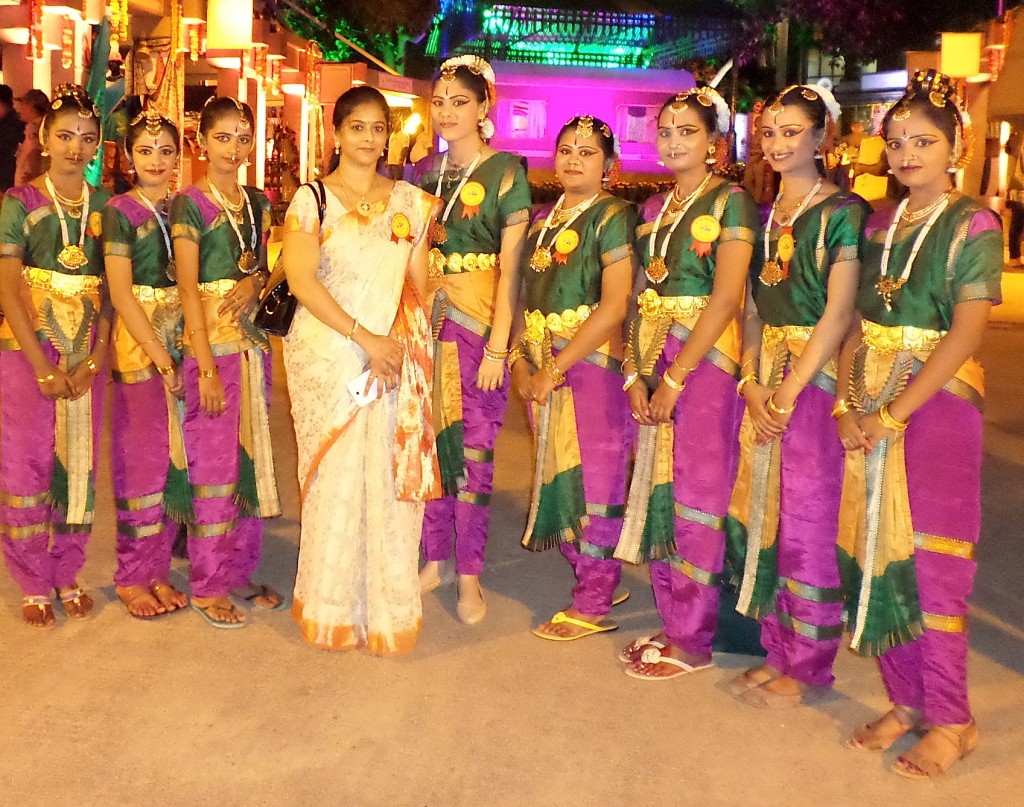 Colours of Karnataka on the opening day. |
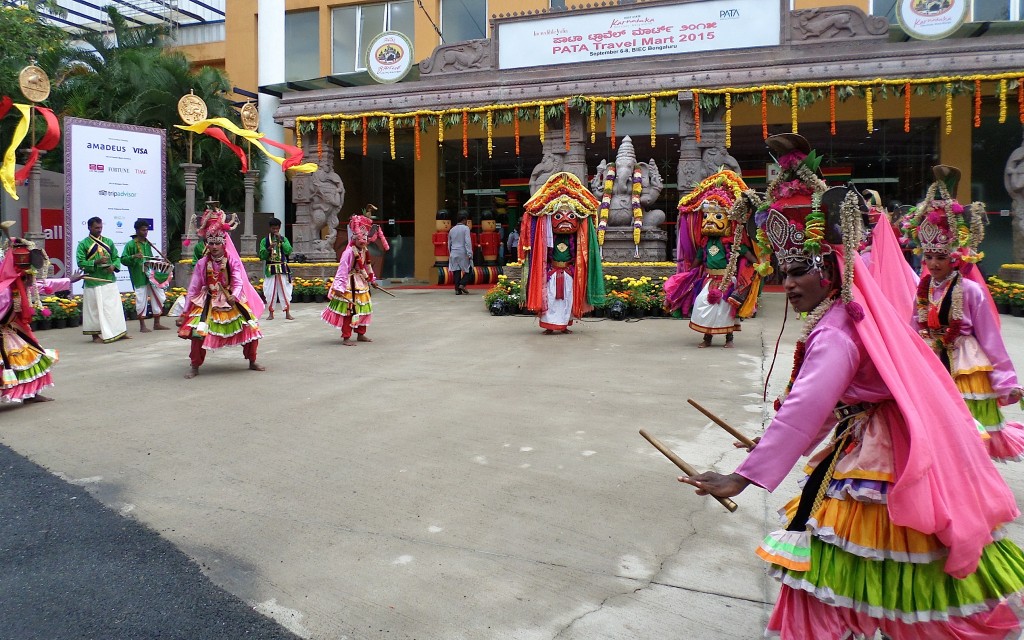 Colours of Karnataka on the opening day. |
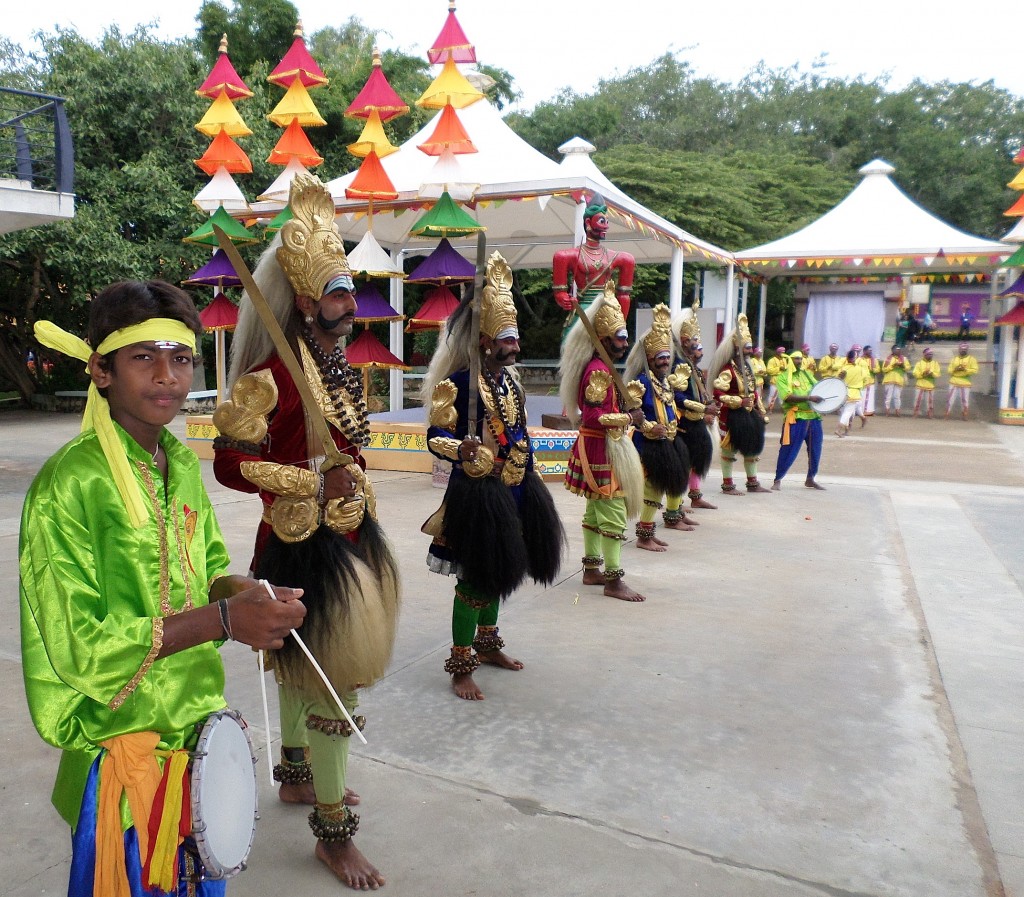 Colours of Karnataka on the opening day. |
One of the PTM’s unique selling propositions in an increasingly cluttered trade-show landscape is that it rotates around Asia-Pacific destinations. This time, it was hosted by Karnataka, the South Indian state with the I.T. city of Bengaluru (Bangalore) as its capital. The state’s tourism authorities laid on a lavish show with spectacular opening ceremony and performances. As a result of years of successfully attracting investments by multinational corporations, the state has a steady flow of business travellers and MICE delegates. The PTM 2015 was an opportunity to build the tourism sector as part of the state’s economic development policy for 2015-2020. Although Bangalore is just another traffic-clogged Asian city, the wider Karnataka state is bursting with historic temples, palaces and forts as well as natural parks and heritage sites.
Financially, the PTM chalked up a profit of US$150,000, a significant turnaround over the US$34,000 loss in Cambodia in 2014. The profit would have been higher had unforeseen factors not kicked in. According to a presentation made to the PATA Board of Directors, host organisation Karnataka Tourism requested an additional 50 complimentary booths or 450 sq ms, which resulted in a revenue shortfall of US$80,000. Ten booths were given free to Nepal as part of the earthquake recovery programme, which cost US$20,000, and a last-minute cancellation by Cambodia cost US$16,000. PATA also had to bear the cost of air-tickets for some buyers which were declined by the host.
An analysis of the PTM buyers-sellers directory produced some interesting findings. It listed 200 hosted buyers and 201 sellers. Most of the buyers were SME operators, averaging movements of about 500-1,000 people per year. After India, most of the buyers were from China; a number of Chinese buyers were invited from one company, but all from different branches in different cities.
Like in all trade shows, buyers and sellers generally found what they were looking for. One Russian buyer was specialising in health & wellness travel. One Hungarian buyer was scouting for products for small incentive tours and honeymoon travel. One Korean buyer was into sports tourism and events. One South African buyer was a specialist in luxury travel. Two other agents from Scandinavia and Australia said they were looking for products catering to physically active senior citizens.
One Australian agent said he had nearly cancelled due to delays in getting his ticket confirmation but then decided to come after all. He said he was pleased to have found interesting new products from Bangladesh and Bhutan. One Australia buyer, of Sri Lankan origin, said he was operating tours to Sri Lanka but as there were no direct flights there from Australia, he was routing them via Bangkok, thus delivering business to both Sri Lanka and Thailand. One Indian buyer said he did not find anything of much value but another Indian buyer said he had found a lot, especially in emerging destinations.
Amongst the sellers, there was a good turnout from Myanmar, Asia’s new kid on the block. Kazakhstan had a strong presence, largely piggy-backing on the increasing number of Air Astana flights into the Asia-Pacific region. The Bangladesh exhibitors, too, were happy with the outcome. At least one seller who is a regular at PTM congratulated PATA for replacing the legacy hosted buyers from Europe and the United States with many new faces. “Whether they produce any business remains to be seen, but it was good to see some different people there,” she said. Indeed, a number of buyers were from next-generation Asian outbound source-markets such as Bangladesh and Myanmar, meaning that the trend to bring in “new faces” holds much promise.
The organisation of the mart had its ups and downs. On the opening day, many exhibitors complained that their booths were not properly done-up and equipped. Signage was poor. On the second day, security had to be stepped up after exhibitors reported pilferage of giveaways and souvenirs. The transportation services to and from the hotels did not always operate according to schedule. But the Wi-Fi connections worked fine and many sellers said they had full appointment schedules. A number of Bangalore-based travel agents, tour operators and MICE events organisers were invited to the show on the last day upon payment of US$50 each. This, along with last-minute booth bookings that sold out all the floor-space, helped bolster the show’s overall bottom-line.
After the show, many of the buyers and media fanned out on post-conference tours to take in the magnificent sights and sounds of Karnataka. Some took the regular coach-tour. Others (such as this editor) checked out the Golden Chariot, the luxury train operated by the Indian Railways through many tourist spots of South India (report coming up).
For Karnataka, the PTM was in line with the strategy to make the state one of “the top two tourism destinations in India and top fifty in the world.” In 2013, the state government constituted a Karnataka Tourism Vision Group (KTVG), comprising eminent citizens and sector specialists to provide a road map for making Karnataka “a tourist experience destination on par with international standards.” The KTVG report projected domestic and international tourist traffic would rise from the current 100 million to 210 million by 2024. An investment of Rs. 54,000 crores has been estimated in the sector over 2015-20, about half of which is likely to be mobilized from the private sector.
According to the Karnataka Tourism Policy roadmap 2015-2020, the government plans to focus on accelerating and facilitating private investments in tourism. The Policy “encourages a positive shift in attitudes – from regulation and control to decentralization and empowerment at local levels; from patronage to building partnerships; and from linear government-led structures to alliances with diverse stakeholders in the sector.”
All this will happen for sure, but in a typically imbalanced way. India’s growth is racing way ahead of its infrastructure. On the day many PATA delegates arrived, the local newspapers announced that Bangalore would be facing three to six hours of power cuts a day. The airport is world-class but the railway station still dates back to the colonial British era. A modern overhead transit system runs through the city but the buses are antiquated. Many of the PTM-related events took place in the high-rise World Trade Centre complex but not far down the road, decrepit shantytowns were plainly visible. These are common contradictions, not just in India, but across Asia.
The next PTM is to be held in Jakarta, Indonesia, between Sept 7-9, 2016. Planning for that is full-steam ahead. More by chance than design, the PTM 2015 underscored the importance of SMEs. If PATA chooses not to distract from that somewhat accidental focus, it will help distinguish the PTM from the huge clutter of national, regional and local shows. ITB Asia, based in Singapore, is largely seen as a rich-man’s club and costs of participation will become increasingly prohibitive year after year. The new kid on the block is the WTM Connect Asia to be held in Penang, Malaysia, between 18-20 May 2016. Local, sub-regional and regional shows abound, in addition to the niche-market shows catering to MICE, health & wellness, adventure travel, etc.
All these shows deliver different levels of returns. The inescapable fact, however, is that next generation of travel & tourism products emerging in the Asia-Pacific are niche-market SMEs. The PTM is now sitting on a goldmine opportunity to attract the legions of SMEs for a top-notch trade show accompanied by workshops and seminars on topics addressing the doing-business challenges they face. That will allow it to get the best of both quality and quantity, identify a clear USP and fill a much needed market gap. It should also lead to a surge in PATA membership by the SMEs and facilitate the ongoing rebound of the long-suffering association. PATA has long talked about “Building the Business” for its members. It now has a chance to walk the talk and build the business of those who are most in need of it.



Liked this article? Share it!